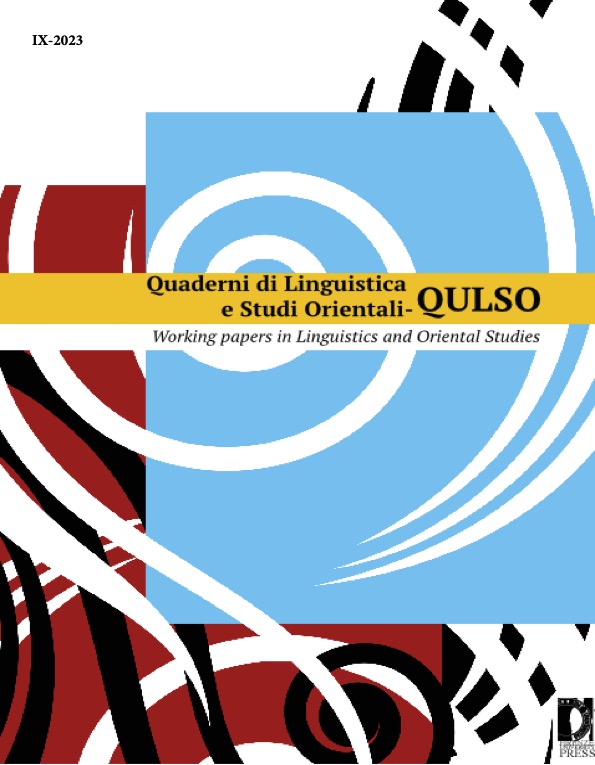Published 2023-09-30
Keywords
- Cross-linguistic Differences,
- Pragmatics,
- Quantification,
- Semantics,
- Vague Quantifiers
How to Cite
Copyright (c) 2023 Greta Mazzaggio, Penka Stateva

This work is licensed under a Creative Commons Attribution 4.0 International License.
Abstract
This article investigates the variability in the meaning of vague quantifiers across different languages, focusing on Italian’s m(any)-words molto and tanto. The aim was to replicate a previous analysis conducted on Slovenian m-words – precej and veliko – examining whether the Italian ones exhibit a similar pragmatic strengthening effect. Using a sentence-picture verification task, we tested 88 Italian monolingual participants on their evaluation of sentences of the form “Quantifier X are Y”. Our results showed that, unlike Slovenian speakers, Italian speakers do not exhibit a difference in the evaluation of molto and tanto, suggesting that the two words have the same numerical bound and are interchangeable as amount modifiers. Our analysis suggests that there are underlying semantic distinctions between molto and tanto that require further investigation. These findings contribute to our understanding of the variability in the use of quantifiers across languages and highlight the importance of examining subtle differences in meaning when studying vague quantifiers.

